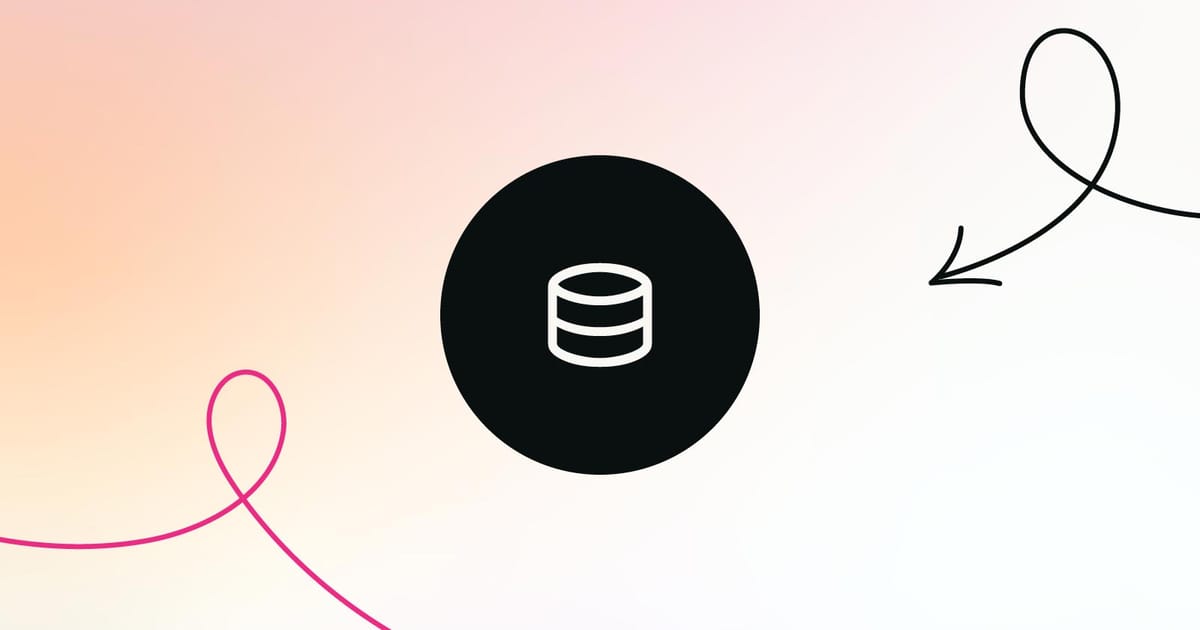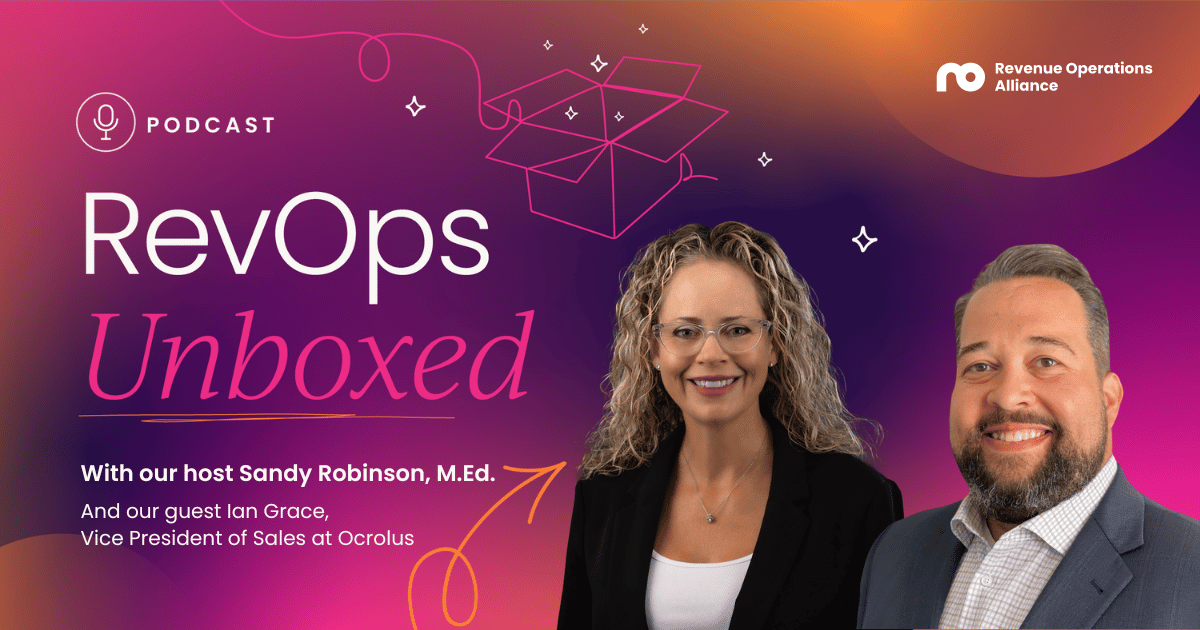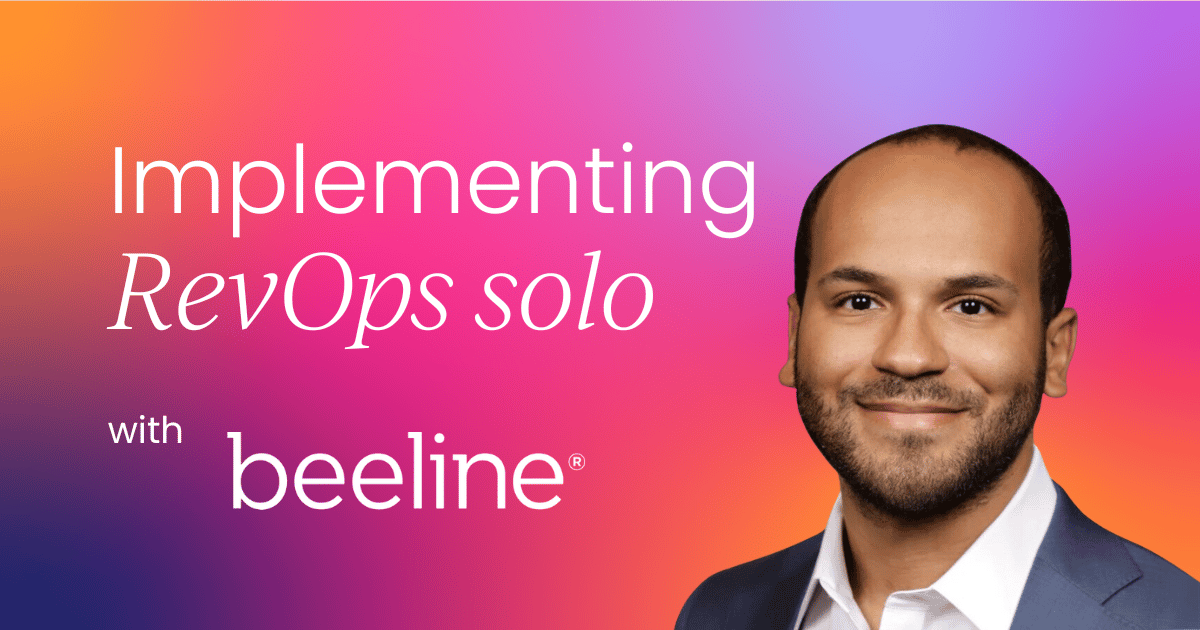This article was adapted from Oscar's conversation on RevOps Unboxed with Sandy Robinson. Listen now.
Throughout my career, I’ve had the unique experience of being the first RevOps hire at multiple organizations. Today, I want to share my journey and insights on implementing revenue operations from the ground up.
Whether you’re considering stepping into a similar role or you’re a leader looking to bring RevOps into your organization, I hope my experiences will provide valuable guidance.
I’ll cover:
- My career journey
- Challenges of being a first hire
- Best practices for implementing RevOps
My career path
My career in revenue operations has been a journey through various company sizes and structures.
I started in sales ops at SAP, a Fortune 500 company, where I wore multiple hats from analyst to business partner. From there, I moved to Phenom, a VC-backed unicorn startup, where I got to experience the fast-paced startup life. Now, at Beeline, I’m part of a 20-year-old, private equity-owned, high-growth organization.
This diverse experience has given me a unique perspective on implementing revenue operations in different environments.
I’ve seen the inner workings of public companies, VC-backed startups, and PE-owned growth companies. Each has its own challenges and opportunities when it comes to RevOps, so without further ado let’s discuss my learnings from being a first RevOps hire.

The challenges of being the first RevOps hire
Role expectations vs reality
One of the first challenges you’ll face as the inaugural revenue operations hire is understanding what the organization truly needs versus what they think they want.
In my experience, many of these first RevOps roles are created because someone got a job description from their VC, PE firm, or a board member, and the company rolled with it.
The key is to figure out what they’re looking for and what they actually need. These two things, in my experience, typically aren’t the same.
Everyone’s usually on the same page about the results they want to drive - typically some variation of bookings, ARR, or NRR. But the way they think they’ll get there is often detached from what you could achieve if you had the data and processes in place.
Balancing sales ops vs true RevOps responsibilities
Another challenge is that many organizations think they’re hiring for a RevOps role when what they really want is a sales ops position.
This disconnect can lead to frustration on both sides. As the RevOps hire, you might find yourself primarily focused on sales-centric tasks like managing commissions or sales forecasting, rather than looking at the entire revenue lifecycle.
To address this, I like to ask a specific question during the interview process: “How will my role add value to your team?”
This question can reveal how closely different functional leaders see themselves working with RevOps. It’s a non-confrontational way to gauge expectations and identify potential silos or resistance you might face.
In my opinion, one of the key differences between sales ops and true revenue operations is the ability to bridge silos across different functions.
At Beeline, our RevOps team includes sales ops, enablement, and our sales tools and technology team. We also oversee the SDR function, which is a bit unique but has worked well for us.
This structure allows us to take a holistic view of the revenue lifecycle, from initial outreach through to closed deals and beyond. It enables us to identify and address inefficiencies that might otherwise fall through the cracks between departments.

Navigating misconceptions and fear of change
When you step into a new RevOps role, be prepared for people to have their own ideas about why you’re there.
Most of these ideas will be untrue, and some might even cause sellers anxiety. I’ve seen situations where simply asking questions caused concern among team members who thought I was there to cut jobs or mess with commission plans.
To navigate this, I’ve learned to be proactive in communicating my role and intentions. I work hard to level-set why I’m there, why I’m asking questions, and what I hope to achieve.
Often, especially in the early stages, what I hope to achieve is simply to learn. Being transparent about this can help alleviate fears and make people more open to collaboration.
While explicit feedback collection (directly asking for opinions) is important, I’ve found great value in collecting implicit feedback as well.
For example, when considering removing a field from Salesforce, instead of asking everyone if they use it, I might just make it invisible for a while and see if anyone notices. 👀
Sometimes, I’ll get an immediate ping asking where a field went, which opens up a conversation about how that person is using the data. Other times, months might go by without anyone mentioning it, which tells me it’s safe to remove permanently.
This approach allows me to make improvements without triggering the natural resistance people often feel when told something is being taken away.

Implementing revenue operations: Where to start
Assessing the current state
When I first joined Beeline as the RevOps lead, I started by trying to implement all the RevOps basics - pipeline reviews, dashboarding, scorecards, you name it.
But I quickly realized I needed to take a step back. Many of these ‘fundamentals’ were foreign concepts to the team I was working with. This wasn’t their fault; they simply hadn’t been exposed to these ideas before.
So, my first real task became learning where the organization was at that moment. I needed to understand the current processes, tools, and pain points before I could effectively implement changes.
Prioritizing high-impact, low-disruption changes
After assessing the current state, I focused on identifying the least disruptive, highest-impact changes we could make.
This meant starting with our sales tools and technology. We had tools that were being underutilized, configurations that no longer made sense for our current state, and processes that no one could remember the rationale behind.
By focusing on optimizing our existing tech stack, I could add immediate value without causing significant disruption. It was a low-risk way to start poking and prodding at processes while building trust with the team.

CRM optimization
One of the biggest wins we had early on was reimagining how our team used Salesforce.
I remember a sales rep telling me, “Salesforce exists for our private equity owners, not for me.” This comment highlighted a significant opportunity. My job became showing the team how the CRM could work for them, not the other way around.
The key is to make data entry as intuitive and seamless as possible.
This might mean integrating data collection into the natural workflow of a sales call, or using automation to populate fields based on other actions. The goal is to get the data we need without it feeling like extra work for the team.
As we worked on optimizing our CRM, one of the key principles I followed was simplification.
There’s often a tendency in organizations to keep adding fields, processes, and complexity to the CRM over time. This can lead to a cluttered, overwhelming interface that users resist engaging with.
To combat this, I always approach problems with the question: “What can I subtract?”
Sometimes this means literally removing fields or steps in a process. Other times, it means finding ways to combine data points or tweak existing fields to capture richer information without adding complexity.
We collaborated on making changes that would make the sales team’s lives easier while still providing the data and insights needed at the leadership level.
It’s an ongoing journey, but by focusing on delivering value to the end-users, we’ve seen a significant improvement in adoption and data quality.

Cross-functional alignment
As a RevOps leader, you’ll often find yourself in the middle of organizational conflicts.
Different departments may have competing priorities or conflicting views on how processes should work. Your role is to navigate these conflicts and find solutions that benefit the organization as a whole.
I’ve found that the key is to always keep the end goal in mind. Whether it’s improving the customer experience, increasing revenue, or enhancing operational efficiency, having a clear objective can help cut through departmental disagreements and focus everyone on what really matters.
One of the most important lessons I’ve learned in my RevOps career is the difference between influence and control. As a good RevOps professional, you have the ability to influence organizational dynamics, but you don’t have the ability to control them.
Instead of getting frustrated when faced with organizational resistance, I’ve learned to adopt a “How can we?” mindset.
This approach focuses on finding creative solutions and workarounds rather than getting stuck on why something can’t be done. It’s about being adaptable and resourceful in the face of challenges.

Key takeaways for aspiring RevOps professionals
As I reflect on my journey as a first RevOps hire across different organizations, a few key lessons stand out:
1. Understand the landscape: Take the time to really understand the organization’s current state, pain points, and goals before implementing changes.
2. Start with quick wins: Focus on high-impact, low-disruption changes that can demonstrate the value of RevOps early on.
3. Prioritize user experience: Always consider how changes will impact the day-to-day work of your sales and marketing teams. Aim to make their lives easier, not more complicated.
4. Communicate clearly: Be transparent about your role, your goals, and the reasons behind the changes you’re implementing. This can help alleviate fears and build trust.
5. Be flexible: What works in one organization might not work in another. Be prepared to adapt your approach based on the specific needs and culture of each company.
6. Focus on influence, not control: Recognize that you can’t control everything, but you can influence outcomes through collaboration, data-driven insights, and a solution-oriented mindset.
Finally, when considering a RevOps role, especially as the first hire, it’s crucial to assess whether the organizational dynamics will allow you to succeed.
Look for alignment between leadership’s expectations and the realities of implementing effective revenue operations. The right fit will enable you to drive meaningful change and truly showcase the value of a robust RevOps function.
Remember, as the first RevOps hire, you have the unique opportunity to shape the role and its impact on the organization. It’s challenging, but with the right approach, it can be an incredibly rewarding experience that drives significant value for your company.



 9 min read
9 min read
 Follow us on LinkedIn
Follow us on LinkedIn




